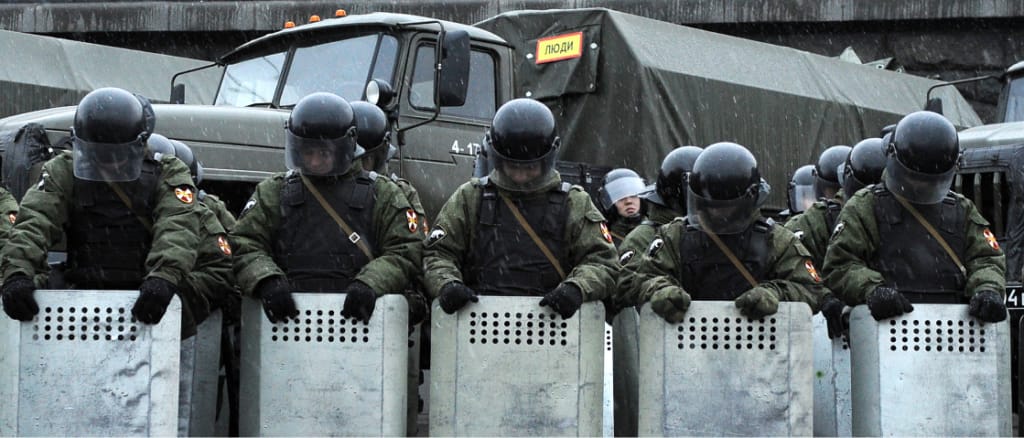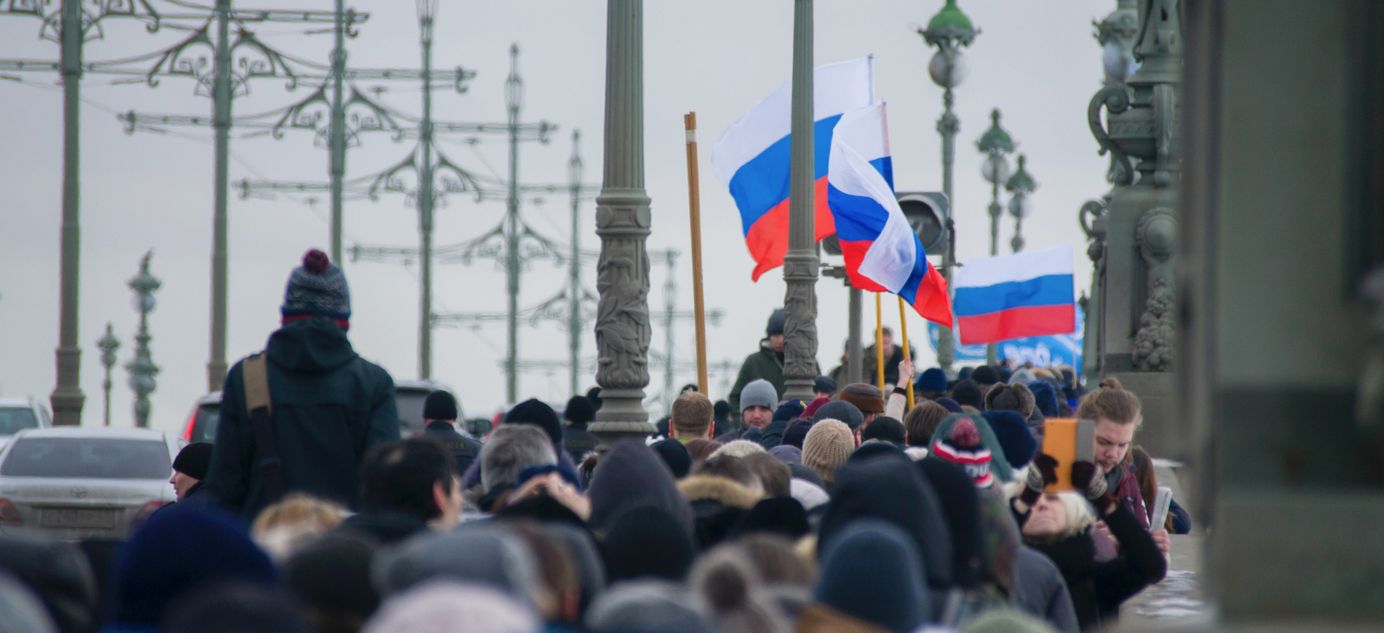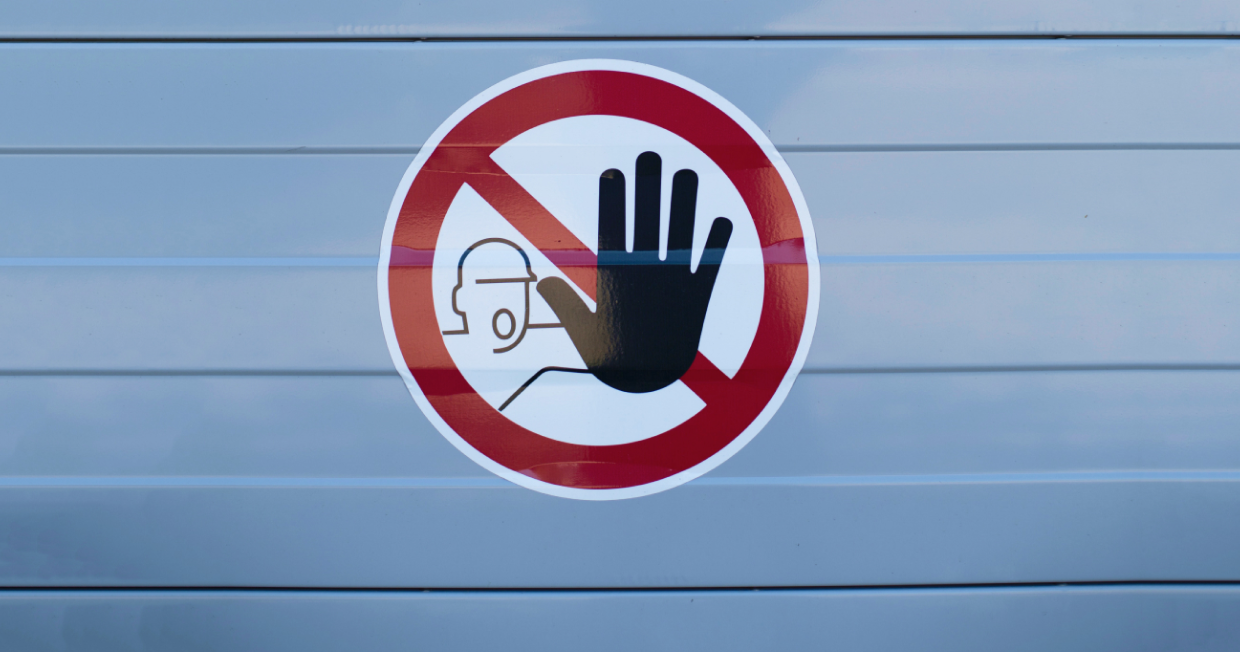
Crackdown on Navalny allies
Hello! This week our top story is the arrest and intimidation of supporters of opposition leader Alexei Navalny ahead of another round of nationwide protests Sunday. We also look at how Russia’s state propaganda machine has tried to explain evidence of ‘Putin’s palace’, and increasing government efforts to control rising food prices.

The Kremlin piles pressure on Navalny allies
Following Russia-wide demonstrations of support last weekend for Alexei Navalny, the Kremlin stepped up efforts against allies of the jailed opposition leader. Many of those targeted were employees of Navalny’s Anti-Corruption Foundation (FBK), who were accused of violating coronavirus legislation and placed under house arrest. New rallies planned Sunday will be a big test for the opposition and turnout will be closely watched.
Crackdown
After the Jan. 23 protests, the authorities opened a total of 21 criminal cases. This is a standard response. Most of the cases were connected with alleged assaults on police officers, inciting public disorder or blocking roads. But Navalny’s closest allies were arrested for a different reason — allegedly breaching coronavirus laws.
- Legislation to contain the coronavirus was passed last spring on the initiative of State Duma Speaker Vyacheslav Volodin. Those who break these laws can be sentenced to two years in jail, rising to seven years if their actions are deemed to have caused deaths.
- Navalny’s brother, Oleg, and several FBK staff were among those detained Wednesday after police searches at the apartments of dozens of opposition activists. Oleg Navalny has already served a three and a half year prison term from an earlier criminal case involving his brother. All the suspects are accused of urging people to attend rallies and ignoring a ban on public events. Moscow City Hall said its virus tracking app showed 19 people with positive coronavirus tests were present at the demonstrations.
- The pressure continued Saturday with the brief detention of Sergei Smirnov, chief editor of independent news outlet Mediazona, who is accused of breaking protest regulations in a retweet and will appear before a court Wednesday.
- Political analysts said the use of charges relating to coronavirus violations is to show Russians that the protests are a concrete threat to public health. At the same time, the tactic also indicates a reluctance to escalate the situation. Unless someone dies as a result of the infection (so far there have been no fatalities), this law does not permit the suspects to be kept in prison ahead of court hearings – so Oleg Navalny and the others facing charges were placed under house arrest Friday.
- Navalny himself remains in jail and a Moscow court rejected Thursday an appeal against his detention (Navalny took the opportunity to issue a diatribe against the authorities). Navalny faces a prison sentence of up to two and a half years at a hearing Tuesday.
The next protests
Last weekend’s rallies were a big success for the opposition. Not only did they take place across the whole country (in an unprecedented 177 cities), but they were well attended (up to 100,000 participants according to independent observers).
- Several sociologists told The Bell there were many people present who had not previously attended rallies (in Moscow 42 percent said it was their first time at a protest). There were apparently also an unusually large number of demonstrators from small towns and lower income brackets.
- The Kremlin was reportedly disconcerted by the scale, and by secret polls showing Navalny’s support is growing, especially among younger people. Social discontent is growing amid falling incomes and coronavirus restrictions. And surveys show President Vladimir Putin’s popularity is close to all time lows — even the results reported by pro-Kremlin polling firms like VTsIOM confirm this trend.
- Protests in Moscow are expected to take place Sunday in front of the headquarters of the Federal Security Services (FSB). It’s a symbolic location and the authorities are taking the rally extremely seriously: eight downtown metro stations will be closed. Such a step has never before been taken in the capital to head off a planned political protest.
- However, it will be difficult for the opposition to repeat last weekend’s success, which was helped by a pent-up demand for protest. Anger built up throughout 2020, beginning with Putin’s constitutional referendum and culminating in the poisoning of Navalny. Neither event provoked serious protests at time as people were preoccupied with the fallout from the coronavirus. In addition, the authorities have tried hard this week not to provide any new reasons to protest.
How Russian propaganda explains away Putin’s Palace
Not everything can be controlled through criminal cases and arrests. The authorities have also had to explain away a Black Sea palace — protected by the security services and an official no-fly zone — that was detailed by Navalny in a film released shortly after his return to Russia earlier this month. So far, the explanations have not been convincing.
- Navalny’s film has had more than 100 million views on YouTube. Even Putin was forced to comment — an unprecedented step from a man who will not even mention Navalny by name. The whole thing was, of course, carefully orchestrated. At a televised meeting with students, the president was asked about Navalny’s film live on air. In response, Putin said that nothing of what was shown in the film belonged to him.
After Putin’s intervention, the floodgates opened and there was a rush of different statements from other people and organizations featured in Navalny’s film.
- Most importantly, the palace got a new owner. Arkady Rotenberg, a close friend of Putin’s, said Saturday he was the beneficial owner of the palace and claimed it was being turned into an “art hotel”. Rotenberg made the announcement after billionaire Alexander Ponomarenko, who purchased the property in 2011 for $350 million from Nikolai Shamalov (another close associate of Putin) said he was no longer the owner.
- The FSB and the Federal Guards Service (FSO) refuted the most compelling evidence of Putin’s link to the property: a no-fly zone and the state-funded guards. Despite much evidence to the contrary, the FSO simply stated there were no locations in the area guarded by their officers. The FSB was more imaginative, but no more reliable. They said the no-fly zone over the palace was imposed last year (although, according to official documents, it was in place in 2011) because of increased activity from foreign intelligence services and NATO.
- Footage from the palace itself appeared Friday on pro-Kremlin telegram channel Mash and state-owned television channel Rossiya-1.
- The Mash report claimed none of the luxury described by Navalny was present in the building, which was still under construction, and showed lots of rooms with concrete walls. But this does not disprove Putin’s involvement, nor does it contradict Navalny,, who stated that the entire complex was being redecorated because of mold.
- The Rossiya-1 report also emphasized the building was a building site. When asked what the property would be used for, a man in a hard hat replied: “An apartment hotel, with rooms, recreation areas and a swimming pool.”
Why the world should care
The tale of Putin’s palace is a wonderful opportunity to observe — in real time — how Russia’s propaganda system operates. This is a system that burns through millions of dollars of the Kremlin’s money each year (far more than was spent on the Black Sea palace).
Can price controls make Putin more popular?
The government is looking to quell public discontent and believes much of the unhappiness on display in the Navalny protests is down to falling salaries and frustration with coronavirus restrictions. They are trying particularly hard to control rising food prices.
- The authorities first introduced price controls in December after carefully scripted outrage from Putin about the rising cost of food. During a televised meeting, the president urged officials to come up with a “timely response”. He even went as far as to remind his audience that unaffordable goods were a hallmark of Soviet times.
- Prime Minister Mikhail Mishustin opted for extreme measures, effectively introducing price regulation for key products, including butter and sugar.
- But, apparently, this wasn’t enough. It emerged this week that the Federal Tax Service (FNS) is also involved in the effort to rein in food prices. Alongside a system for tracking prices, the FNS is demanding quarterly price prognoses from retailers and manufacturers. Experts and market players fear this is only the start, and that the FNS will go on to impose a full-blown price-monitoring system.
- At the same time, officials are attempting to use persuasion to discourage manufacturers from hiking prices on popular goods. Newspaper Kommersant reported Friday that the Ministry of Agriculture has compiled a list of producers that are expected to increase prices in the near future. For now, the ministry is making informal contact with them to find out why prices are going up, and how this could be avoided.
Why the world should care
Economists warn that borrowing ideas from the planned economy playbook is unlikely to bring anything positive. Price controls inevitably lead to shortages, and most people can still remember the shortages that were a key factor in the collapse of the Soviet Union.



